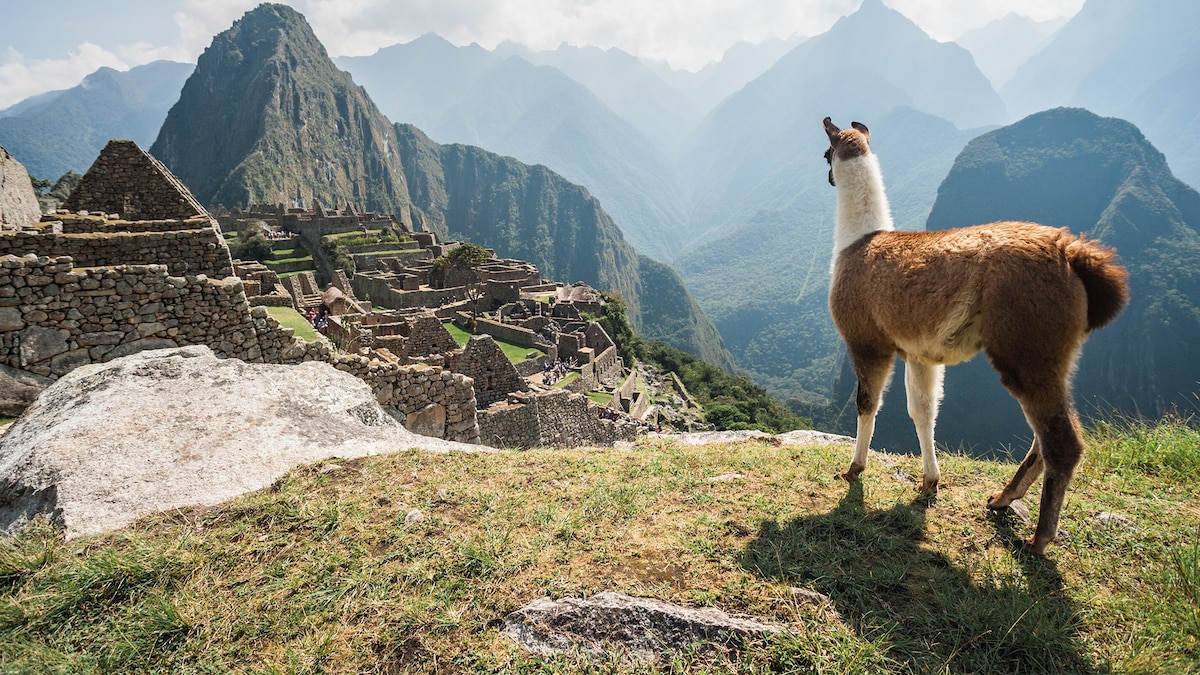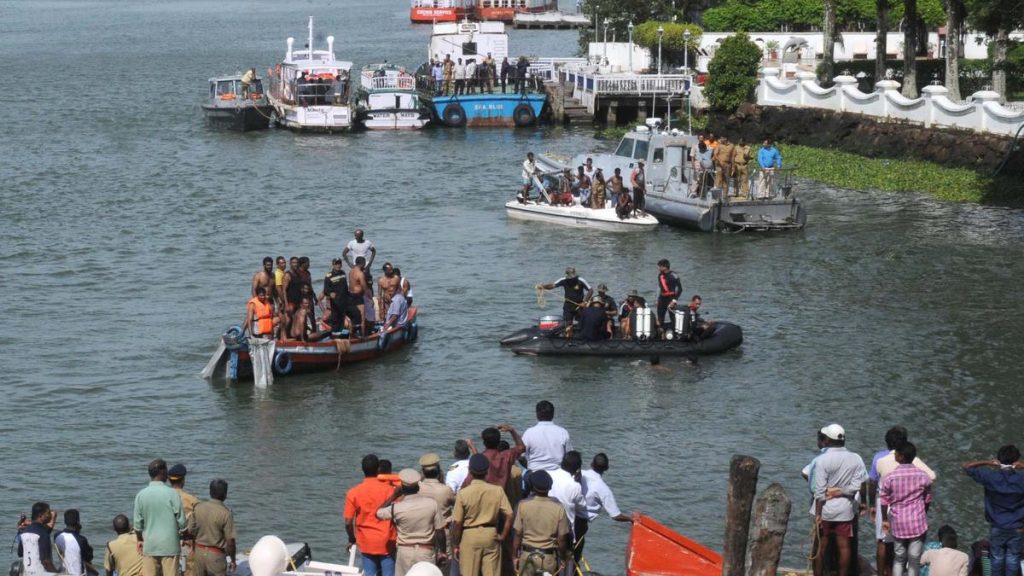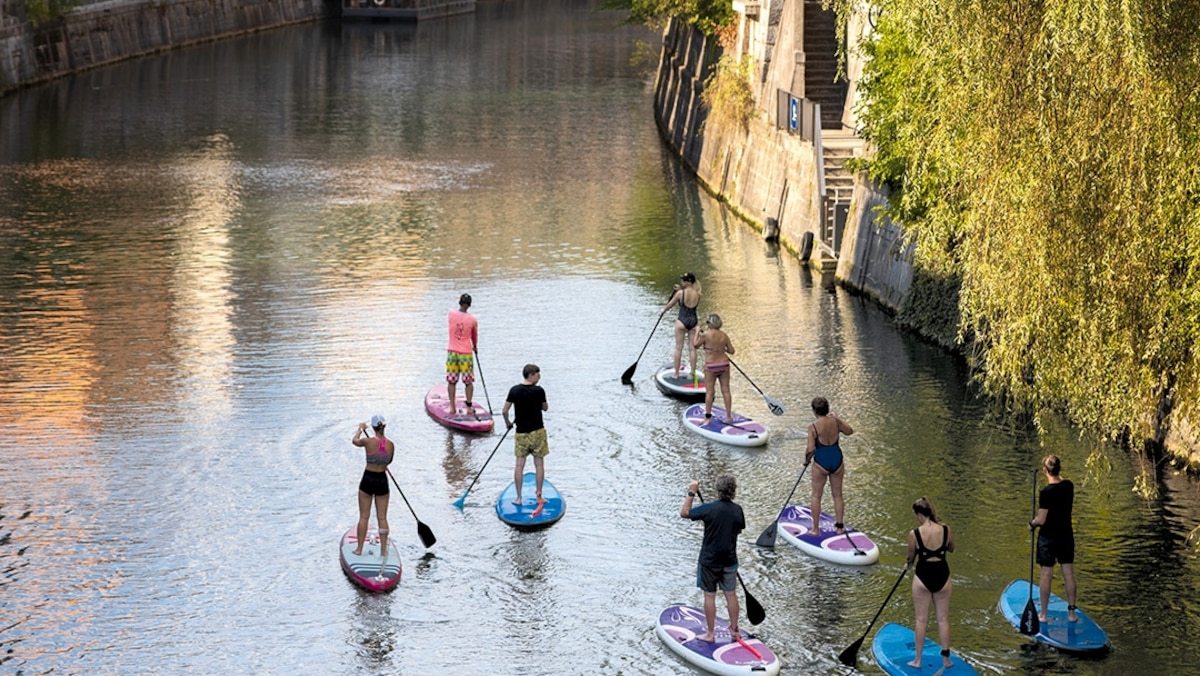Now Reading: 7 Ancient Sites in India You Can’t Miss
-
01
7 Ancient Sites in India You Can’t Miss
7 Ancient Sites in India You Can’t Miss

This article was produced by National Geographic Traveller (UK).
If you’re after must-see sights, the monuments of ancient civilisations are right at the top. And it’s not just because their temples, tombs, cities and citadels are superlative feats of archaeology — it’s because they’re us. They reveal humanity that is different and awe-inspiring yet still relatable. You’ll get the most out of these sites in the company of an expert guide (or audio guide) to make sense of what you’re seeing and it’s wise to pre-purchase tickets online to beat queues and guarantee entry.
1. Pyramids of Giza, Egypt
It’s the contrast that gets you. On one side is the monumental, 26th-century BCE Great Pyramid of Khufu and its two satellite pyramids in camel-coloured desert. On the other is the urban sprawl of Giza, which is why the Sphinx stares inscrutably at a glorified car park. The trick to visiting the Giza Plateau, on the Nile’s west bank outside Cairo, is to pre-book a guide at your hotel. That way you’ll be spared hassle from touts and hear 4,000 years of dynastic history told like a soap opera. Unless you’re claustrophobic, ensure your ticket includes entry to the Great Pyramid; tickets are bought at the site entrance or online. Arrive for 8am when the site is cool and quieter, then retreat at noon into the new adjacent Grand Egyptian Museum.

When visiting the Pyramids of Giza, you should factor in time to see the newly opened Grand Egyptian Museum.
Photograph by Grand Egyptian Museum
2. Chichén Itzá, Mexico
Roughly 2.5 million travellers a year visit the best-restored site of Maya Mexico; such is the peril of being close to the country’s premier tourism resort, Cancún. You may have to queue to enter even with tickets booked online. Yet the biggest tip for a visit to this 800-acre complex of temples, palaces, games courts and the stepped Pyramid of Kukulcán (aka El Castillo) is to really engage with it. Spot swarms of close-knit interlocking figures across most surfaces and marvel at El Castillo, the Maya calendar in physical form, with 365 steps for each day and shadows at the equinoxes which make its stone serpents seem to come alive. Interact with the monuments and a visit becomes less about archaeology and more about the pre-Columbian Mesoamericans who called this place home. It deserves at least half a day.
3. Angkor Wat, Cambodia
Everyone tells you dawn is the moment to discover the world’s largest religious monument, a 12th-century CE Khmer temple complex, its towers a representation of the centre of Hindu cosmology. The problem is everyone also has the same idea. If you go, choose the West Gate over the classic East Gate. Bear in mind that, though the site itself opens at 5am, it takes 30 minutes from Siem Reap by tuk tuk.
Your ticket buys you access to the 150sq mile Angkor Archaeological Park, including Bayon temple (quietest at lunchtime), known for its Buddhist faces, plus the jungle-choked ruins of Ta Prohm temple (visit in the hazy light of late afternoon). They’re both over two miles from Angkor Wat, so buy a three-day ticket (it’s valid for three entries over ten days) and rent a bike — more fun than a tuk tuk.

You should plan in at least three days to explore the sprawling ancient complex of Angkor Wat in Cambodia.
Photograph by Kui; Getty Images
4. Acropolis, Athens
Welcome to the ground zero of Western civilisation. From its hilltop complex in central Athens — the word acropolis means ‘high city’ — came democracy. The Parthenon here is not just a monumental temple to Athena, the Greek goddess of wisdom, it’s the Doric-columned template for neoclassical architecture worldwide. Sculptures in the excellent Acropolis Museum date back to the 5th century BCE, which is astonishing.
While summer temperatures can be a problem (visit early in the morning or late afternoon to avoid the worst of the heat), the main issue with the Acropolis is it can almost seem too familiar. Book a tour with a local guide like Alternative Athens to understand its 2,500-year history and myths.
5. Pompeii, Italy
Most sites feature cold stone, yet Pompeii is personal. Its archaeological park presents a snapshot of everyday life in a middle-ranking Roman city on the Bay of Naples at the moment when it was sealed under Vesuvius’s volcanic ash in 79BCE. Near-perfect frescos decorate walls — elegant in those of the elite, bawdy in the brothels. There are carbonised loaves of bread, and the plaster casts of victims clutching jewellery or children nestled into their parents’ arms are all-too human. The simple act of crossing streets on stepping stones used by ordinary Pompeiians makes history come alive.
Caveats? Don’t expect full houses — most buildings are ruined shells — and check online for opening times of houses before a visit. Do expect crowds — Piazza Anfiteatro is calmest of the three site entrances. A final tip: renting an audio guide is recommended to make sense of the ruined city.

The ruined city of Pompeii is one of the world’s most complete examples of what life in ancient Rome was like.
Photograph by Darryl Brooks; Getty Images
6. Petra, Jordan
Few ancient sites live up to their promise like the 2,000-year-old Nabataean desert capital. You know what’s coming beyond the narrow canyon entrance; haggle for a buggy ride to avoid a walk of almost a mile. Yet to emerge suddenly before the carved columns of the Treasury (al-Khazneh) is to feel like Indiana Jones — probably why the franchise’s third film was shot here. Hewn from ruddy rock, the Rose City was abandoned by the 8th century CE and lost to all but the Bedouin.
Today, there are five square miles of monuments, palaces and tombs to discover on hiking trails. It’s worth taking 800 steps up to ad-Dayr (the Monastery) in late afternoon when its rock glows orange. For adventure, arrive through the ‘back door to Petra’ — a well-marked four-mile desert trail from Little Petra (two to three hours). Buy a Petra ticket online beforehand.
7. Machu Picchu, Peru
Machu Picchu wasn’t known to the wider world until 1911 — it was local farmers who directed American explorer Hiram Bingham to Inca ruins in the cloud forest. But was it a mountain citadel or royal palace? How did stonemasons interlock blocks so no paper could slip between the stones? That no one really knows adds to the allure of one of the world’s most visually astonishing sites. Positioned to align with the cosmos and engineered with aqueducts and fountains, it seems to grow organically from the Andes – it’s quite the sight to take in.
Only 1,000 of the 5,600 daily tickets are released on the day itself, so buy well in advance or go with a specialist tour offering transfers and guides. Multi-day options that include the Inca capital Cusco and the surrounding Sacred Valley are a good choice, plus a smart move to acclimatise to altitude if you’re hiking to Machu Picchu on the Inca Trail.
To subscribe to National Geographic Traveller (UK) magazine click here. (Available in select countries only).
























